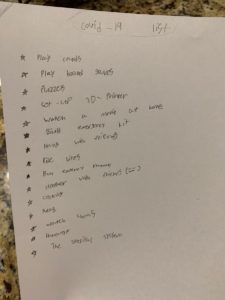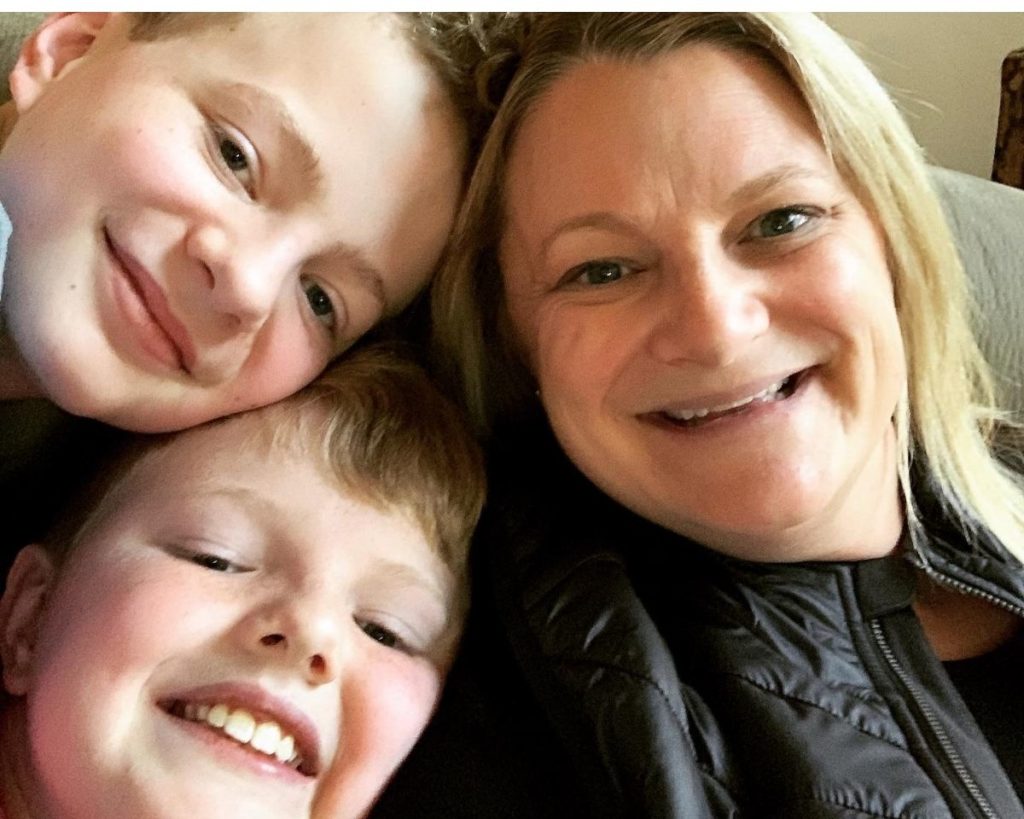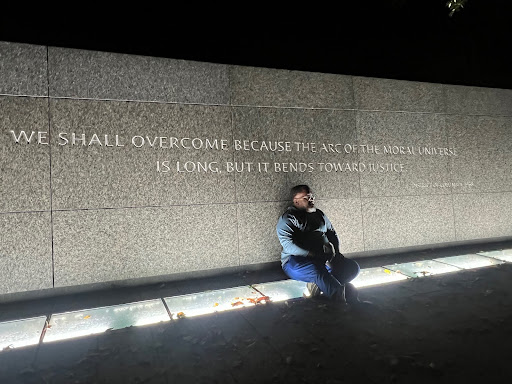As we come upon the one-year mark of the onslaught of the pandemic in the United States, I am confident thousands of articles have been written about the impact of school closures, the shift to remote learning (not online education….more on that later), and the impact on working families.
However, I am not as confident that there are as many pieces that capture the perspective of single, working parents with a professional commitment to lifelong learning.
I’m that parent. A single, working mom. With a career in education policy. Raising two boys – ages 13 and 11. And I’d argue a champion for innovation, entrepreneurship and choice for learners (and their families) in education.
Since kindergarten, my boys have attended Peak to Peak K-12 Charter School in Lafayette. I recognize my privilege when I say that they have benefitted from student-centered learning and support that aligns with their learning differences and abilities. And candidly, before the pandemic, I took for granted what happened at school each day. My 11-year-old often said “Mom, I love school; I wish I could go to school every day of the week.”
Before the pandemic, I spent my days (and sometimes weeks) traveling the country on behalf of innovators, entrepreneurs and social impact organizations talking about the reforms and new approaches needed in postsecondary education. For over a decade, I have parlayed my ten-year tenure working on federal policy in Washington, DC into conversation starters with policymakers and champions for the “we’ve always done it this way” refrain. I have encouraged them to think differently when it comes to considering the needs of the diverse learner – not the “traditional” student.
News flash: The traditional postsecondary student is no longer “traditional” but a complex and dynamic mix of employee, parent, part-time learner and more senior on the age scale.
Before the pandemic, I never imagined my day job would inform a new way of working – and living. On March 5, I sat on a commercial flight for the last time. On March 6, I informed my then sixth-grader that he would not be making a long-awaited trip overseas for a student exchange program. And, on March 12, the doors of Peak to Peak K-12 Charter School closed to in-person learning.
On March 13, I asked my school-aged boys to sit down and make their “COVID-19 Lists,” a collection of activities we could do together over the purported 14-day “flatten the curve” moment.
 Looking back, I realize we have done all of the things on these lists numerous times over (maybe, with the exception of “get emergency ramen”). And looking back, most of the last year is a blur. For all of us, hours ran into days, days into weeks and then into months. In a few weeks, we will seemingly be back where we started. But I have a few observations about what I have witnessed, given my front-row seat to remote learning over the last year.
Looking back, I realize we have done all of the things on these lists numerous times over (maybe, with the exception of “get emergency ramen”). And looking back, most of the last year is a blur. For all of us, hours ran into days, days into weeks and then into months. In a few weeks, we will seemingly be back where we started. But I have a few observations about what I have witnessed, given my front-row seat to remote learning over the last year.
Different learning styles
In my house, it has been a tale of two learners.
I have now had direct experience with what many educators have known for decades: No two learners are created equal. And like most parents, I have a new appreciation for the work of our teachers, para-professionals, student support counselors and administrators.
Parents have taken on the role of lunchline worker, custodian, bus driver, physical education teacher or sports coach. Many of us have tried mightily to understand the learning platforms, notification systems, apps, how WiFi works (or doesn’t) in the house only to be schooled by our children (likely with an accompanying eye roll).
I assumed my boys would welcome the opportunity to stay home and learn. We constructed desks in their closets. We scoured through office and school supplies around the house to set up their remote learning stations. We made a daily check list of the assignments that needed to be completed.
And I kept working, occasionally peering out from my glass doors in my home office to make sure they were ‘on task.’ It was frankly the best I could do – my work did not slow down. The demands on my time did not wane. And I trusted that the two boys who “loved school” would continue to progress.
True for one son, but not true for the other. My oldest son embraced remote learning. He made a schedule. He followed his “to do” list. He attended (almost) all of his classes (sorry, remote physical education…). He found ways to interact and engage with his friends both as part of school and through gaming platforms.
However, my younger son went to bed nearly every night with a changed refrain. His “Mom, I love school” changed to “Mom, I hate online learning.” As a two-decade advocate for quality online learning in postsecondary education, I cringed.
Not only had my son conflated online learning and remote learning, but he was now fighting the requirement to attend his virtual classes. I saw his grades plummet, his attendance decline, and his enthusiasm for school literally melt away. I initially thought his frustration must have to do with the way the material was being presented. Or maybe he didn’t know how to use the learning platform. Or his desk chair was uncomfortable.
It was none of these things. After a heartbreaking conversation, he cried through telling me that he missed interacting with his friends “in real life.” He missed hearing their ideas. He missed interacting with them on the playground. He didn’t feel confident “unmuting” himself and speaking up in a virtual format. He learned best in the presence of other students. This was not easily replicated at home, as an older brother is clearly NOT a substitute for friends and peers.
Candidly, I struggled to find a solution and support him.
Live learning at last!
Then, as the spring semester started, we got word that there would be an in-person learning option extended to elementary students at Peak to Peak. I confirmed that my fifth-grader would like to begin to attend school in-person and learned that the in-person time would be for three-hours a day, four days a week. Right in the middle of the workday (from 12:15pm to 3:15pm).
He was happier than Christmas morning to learn this news. I tried to move mountains in my own schedule to make the new school schedule work during my day. As a single parent with no other adult in the house, making it “work” meant that I would rely on friends and neighbors to shuttle him to school (and back). It meant that I would spend my mornings making sure my work was done in tandem with ensuring his assignments were completed before he left for school. And it meant that every day, he had to add Chromebook, charger, mask, snacks and hand sanitizer to his list of needed supplies.
None of this has been easy. And frankly, not much of the last year has been fun. But this last year has been more of a learning experience than any of the past six (or eight) years of school have been.
My greatest takeaway is that my boys are unique in how they learn, and my approach as a parent has to be equally as unique in the ways I support and engage with them. My appreciation for our school leaders, our teachers and all of the professionals who come around my students – and all of our learners – has grown astronomically.
May the lessons of remote learning be the greatest perspective-giving experience we have as we tackle the challenges that are in front of us in the years to come.




